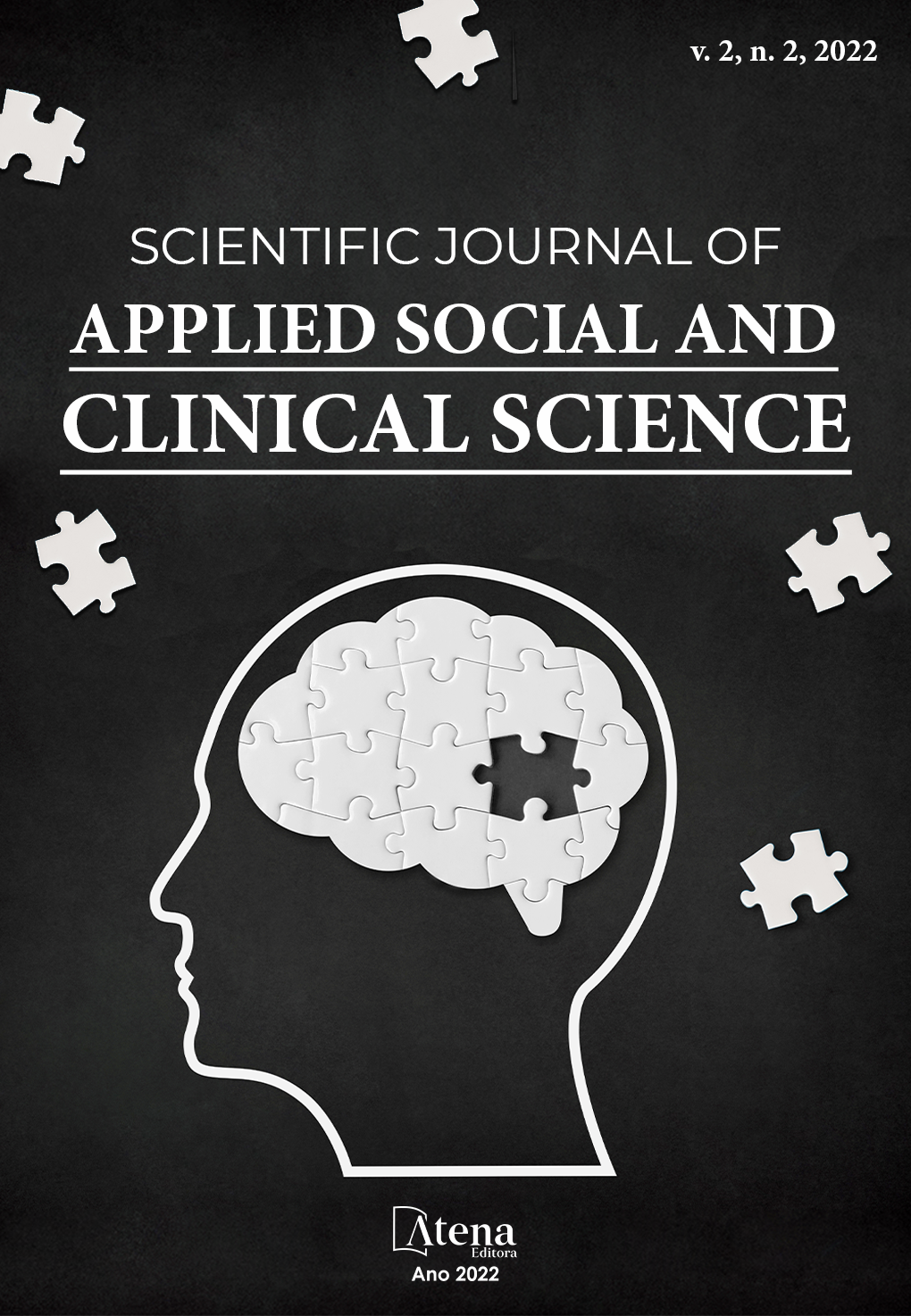
LOW-LEVEL BALANCE: A BIBLIOMETRIC OVERVIEW OF PUBLICATIONS WITH THE HIGHEST IMPACT FACTOR
The objective of the research was to assess the 75-year evolution of studies on low-level equilibrium in specialized magazines. The low-level equilibrium trap is a concept in economics developed by Richard R. Nelson, in which, at low levels of per capita income, people are too poor to save and invest, and this low level of investment results in a lower growth in the economy and national income. When per capita income rises above a certain minimum level, an increasing proportion of income will be saved and invested, which will lead to a higher rate of income growth. The methodology used was exploratory bibliographic research, using the meta-analytical approach. The seven steps of the method were followed and the main journals and authors were identified.
LOW-LEVEL BALANCE: A BIBLIOMETRIC OVERVIEW OF PUBLICATIONS WITH THE HIGHEST IMPACT FACTOR
-
DOI: 10.22533/at.ed.2162222300114
-
Palavras-chave: Low-Level Balance: a bibliometric overview of publications with the highest impact factor
-
Keywords: Low-Level Balance: a bibliometric overview of publications with the highest impact factor
-
Abstract:
The objective of the research was to assess the 75-year evolution of studies on low-level equilibrium in specialized magazines. The low-level equilibrium trap is a concept in economics developed by Richard R. Nelson, in which, at low levels of per capita income, people are too poor to save and invest, and this low level of investment results in a lower growth in the economy and national income. When per capita income rises above a certain minimum level, an increasing proportion of income will be saved and invested, which will lead to a higher rate of income growth. The methodology used was exploratory bibliographic research, using the meta-analytical approach. The seven steps of the method were followed and the main journals and authors were identified.
-
Número de páginas: 16
- Rogério Galvão de Carvalho
- José Antônio Rodrigues do Nascimento
- Kleydson Jurandir Gonçalves Feio
- Cícero Pereira Leal


